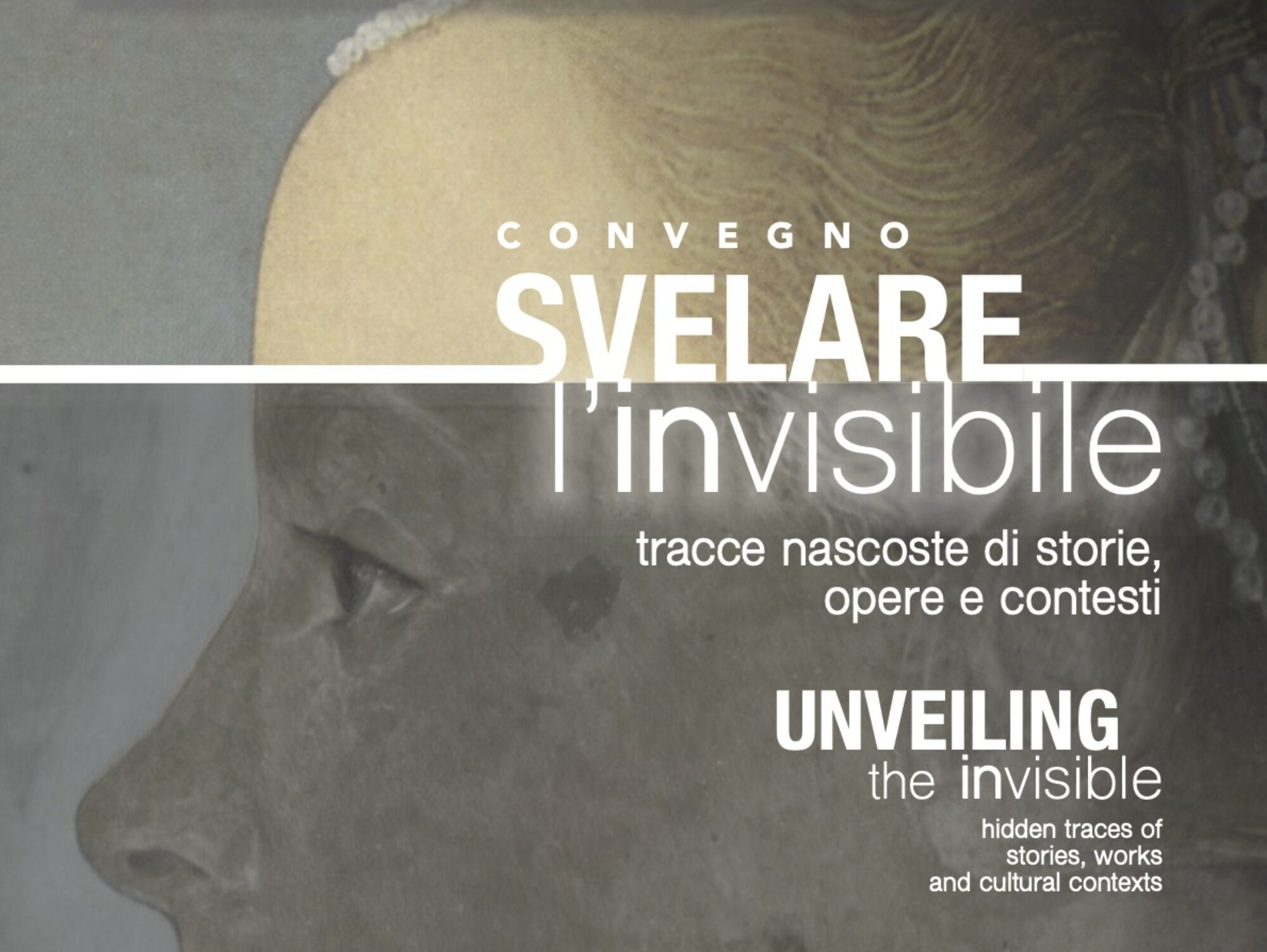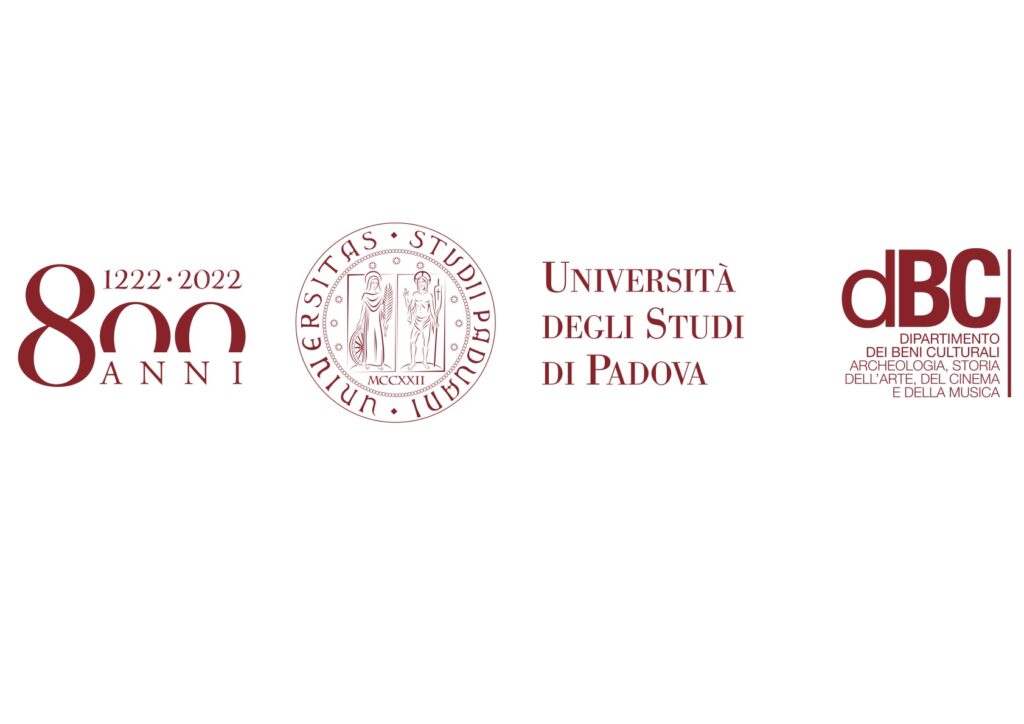Living in the landscape: unveiling the intertwining
between human community and environment
Mirko Fecchio, Maurizio Marinato (Università degli Studi di Padova)
The invisible in the bones: paleodiet and paleoeconomy in the Early Medieval Rab
The scientific community agrees that lifestyle and changes in economic and food strategies in the post-classical age were strongly influenced by environmental and climatic changes. Multidisciplinary research, applied to the study of osteological material, is revolutionizing the methods and perspectives of archaeological research, demonstrating that there was a more complex and strongly regionalized situation than what is indicated in the written sources. We present the results of a zooarchaeological analysis conducted on the Early Medieval faunal sample (VI-VIII century AD) recovered in the urban context of Rab (Croatia) and those obtained from the anthropological and stable isotope analysis on six graves in the same context. The excavation activities of ancient Rab have been directed for about a decade by the teaching of Medieval Archeology at the University of Padua in collaboration with the Department of Archeology of the University of Zagreb to highlight the history of the island under the cultural, residential, social and economic aspects. The faunal assemblage investigated includes a total of 1403 bone fragments of which, 73%, were determined thanks also to the excellent state of conservation of the material. The zooarchaeological analysis made it possible to outline an overall picture of the exploitation of the animal during the early medieval phase of occupation of the site both for the main domestic species (sheep and goats, pigs and cattle) and for the fish resources which represent an essential food resource for the inhabitants of the island. The reconstruction of the complex process of killing animals combined with stable isotope analyses (δ13C and δ15N) on both fauna and inhumates from early medieval burials have implemented the knowledge about the consumption of plant and, above all, animal products. The possibility of crossing the biochemical analysis data with the anthropological and zooarchaeological study made it possible to reconstruct some aspects of the living conditions on the island during the Early Middle Ages.
Francesca Tomei (University of Liverpool)
Unveiling the landscapes of the Greek rural world between agriculture and pottery
production
Traditionally, scholarly research on the Greek rural world in the Classical and Hellenistic
periods mainly focused on the distribution and use of inhabited rural structures (farmhouses) ignoring almost completely the ceramic manufacturing activities. This doctoral research aims to analyse and re-evaluate the role of ceramic production in Greek rural settings and, in particular, how it intertwines with agriculture to outline the overall landscape of activities, or taskscape. Through the analysis of case studies from Greece (the Berbati Valley and Argolid and the island of Thasos) and southern Italy (the chora of Metaponto)- where intensive surveys led to the identification of both rural settlements and pottery kilns-, the different ceramic productions have been considered to evaluate their distribution in the territory. In addition, the combination of archaeological, geomorphological and palaeoenvironmental data have been modelled on
GIS using spatial analysis techniques, such as cost path surfaces and least-cost paths.
GIS allowed us to create experiential models of human movement in the landscape, investigate the connection between pottery production sites, rural nucleated settlements and isolated farmhouses and understand the use of the rural landscape within the pottery production operative chain. The calculations of the energetics of the transportation of the agricultural waste as fuel for the kilns enrich the reconstruction of an active landscape built by the work of the rural communities, which are now invisible.
Agostino Sotgia (Università di Roma “La Sapienza”; University of Groningen)
From fields… to cities. Landscape archaeology’s techniques to discover the ancient actions of the first urban communities
This talk starts from the teaching of Italo Calvino, according to which: “every city receives its shape from the desert it opposes” (Le città invisibili, 1972). I will present an investigation technique that allows to search in the landscape for the traces of those socio-economic (and therefore also purely political) dynamics that influenced the ancient actions of the different groups. As a case study, to demonstrate the potential of the presented approach, I analysed the agro-forestry-pastoral landscape surrounding the settlements of Southern Etruria between the 12th and 9th centuries BC. so as to reveal the hidden dynamics that led human communities to the so-called “Protourban Turn”: a revolutionary phenomenon that led to the abandonment of the villages – in which they had resided for centuries – and the foundation of the first cities. This approach involves the use of land evaluation (FAO) and landscape archaeology techniques within a GIS platform. A model of the ancient landscape, showing the degrees of suitability of the different areas for their agro-forestry-pastoral use, was developed – starting from archaeo-botanical and palynological data – to carry out a simulation of the economic behaviour of the communities between the end of Bronze Age and Early Iron Age. Through this analysis, it was possible to reconstruct the invisible action of ancient communities both from the point of view of the primary economy and from that of their consequent demographic consistency. Thanks to the identification of territories specialized in particular productions, settlements capable of producing a food surplus or vice versa non “self-sufficient” sites, the socio-political models suggested for Etruria have been articulated and tested, defining an inter -village made up of exchange networks, mutual relations but also of competitive and hierarchical relations between the different settlements. Furthermore, with the demographic analysis, it was possible to investigate the phenomena that occurred also from the point of view of the people involved, developing an analytical method that is easily applicable – with slight modifications – to other chronological and / or cultural contexts.
Pietro Agnoletto (Università degli Studi di Milano-Bicocca)
New perspectives on home movie’s analysis. Italian seascapes through the tourist’s gaze
Home movies are amateur films destined to a private use which often represent family celebrations, holidays or events. These documents are recently gaining the scholars interest after a the recovery works made by archivists and artists who transferred these memories from a domestic to a public context (Aasman, Montrescu-Mayes, 2019). The most frequent approaches adopted by scholars focus on fundamental themes like memory and genealogy, social and historical aspects, or the identity politics. A new perspective has been outlined centered on the relationship betweeen amateur production and urban space (Simoni, 2018) On one hand, this research is following the same perspective, on the other hand, it tries to valorize another kind of home movies still not explored and understimate: the holidays movies (Locatelli, 2005). With an interdisciplinare approach wich mix geography and media studies, more than two hundred digitalized films from the National Enterprise Cinema Archive have being analyzed. They have been produced between the Fifties and the early Eighties by filmmakers who were residing in Piedmont and Lumbardy. The research consisted in an exploration of the profound urban evolution of Ligurian coasts through the eyes of the tourists themselves. These trasformations happened during the economic boom of the Second Postwar in Italy and they were caused by the need of “second houses” (dell’Agnese, Bagnoli, 2004). Not only it was possible to highlight year by year the landscape mutation, but it was only possible to observe how the relationship between the touristic space and practice changed.
Ylenia Saretta (Università degli Studi di Padova)
Transformations and structural interventions unveiled by seismic events: the case of the 2016 Central Italy earthquake
Vernacular architecture in Italian historical centres results from the juxtaposition of built units, based on inhabitants’ precise needs which could vary over the lifetime of the buildings themselves. Typically, building materials were those available on site, and they were assembled according to an empirical determined “rule of thumb”. Therefore, walls were often made of poor-quality masonry textures, on which timber floors simply rested. Over the centuries, the historical built environment has proved its weakness to seismic events; indeed, masons tried to prevent the effects of earthquakes by developing a “local seismic culture”, i.e., by adopting anti-seismic devices to avoid overturing phenomena of walls. In a recent past, reinforced concrete (r.c.) replaced those traditional solutions, according to the prescriptions passed after the earthquakes which struck Italy during the last decades of the 20th century. New elements were added or r.c. structures replaced the original ones, emulating the traditional aspects of vernacular architecture, but resulting in the complete modification of the original structure. Therefore, the presentation aims at demonstrating how seismic events can unveil, unfortunately in a disruptive way, the hidden traces of tampering and transformations to which historical buildings underwent. The 2016 Central Italy earthquake proved the unfavourable effect of r.c. interventions on poor quality masonry walls, which were largely applied on vernacular heritage throughout the seismic areas of the Italian peninsula during the last decades of the 20th century. Indeed, local r.c. tampering increased the vulnerability, i.e., the proneness of a building to suffer seismic damage, of traditional architecture, which is intrinsically vulnerable owing to his structural conception. It is nowadays essential to identify the disruptive effect of some interventions, in order to prevent those dramatic damage scenarios and the irreversible loss of historic buildings both in their material and intangible values.

